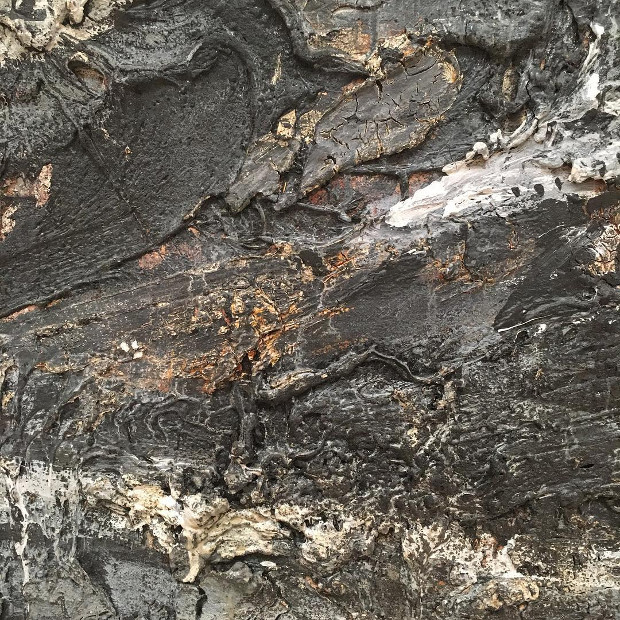
What Stephen Shore sees in Anselm Kiefer
Photographer Instagrams Kiefer's Operation Sea Lion painting, a sarcastic comment on a Nazi UK invasion plan
Did the Third Reich really model a nautical invasion of Britain in a bathtub? Whatever the truth, the unlikely myth surrounding Unternehmen Seelöwe or Operation Sea Lion, the Axis plans for a sea assault on Britain drawn up, yet never executed in 1940, served to inspire the great German painter Anselm Kiefer.
Kiefer created a series of works of the same name during the late 1970s and early 1980s. The canvases, slathered with oil and emulsion paint, as well as shellac, acrylic, straw and photographs, combine in a work that riffs on the nightmarish prospect of a Nazi victory in Europe, as well as some of the more ridiculous aspects of the Third Reich’s short reign; even at this juncture, bath tub or no bath tub, Nazi naval might was no match for British sea power; and Hitler, a non-swimmer, as an old German joke puts it, tried and failed to walk on water.
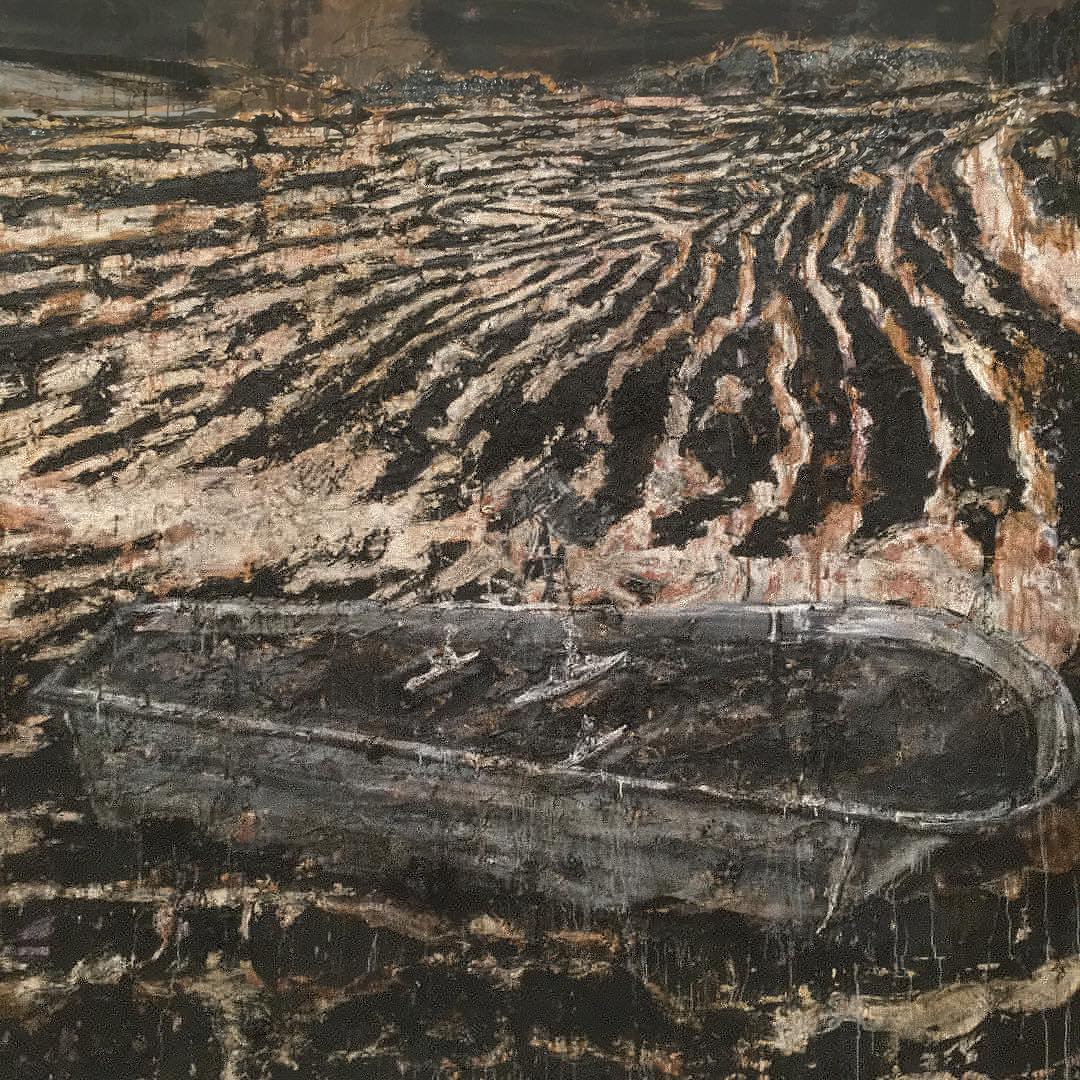
Photographer Stephen Shore posted these detail shots of Kiefer’s 1975 painting on Instagram during a preview of the newly renovated San Francisco MoMA which opens officially this coming weekend.
Though we know him best for his captivating views of American Life, Shore was on good terms with Warhol, and has been a regular gallery goer for many decades. He’s also all too familiar with the legacy of the Nazi era, as his new book, Survivors in Ukraine, makes clear.
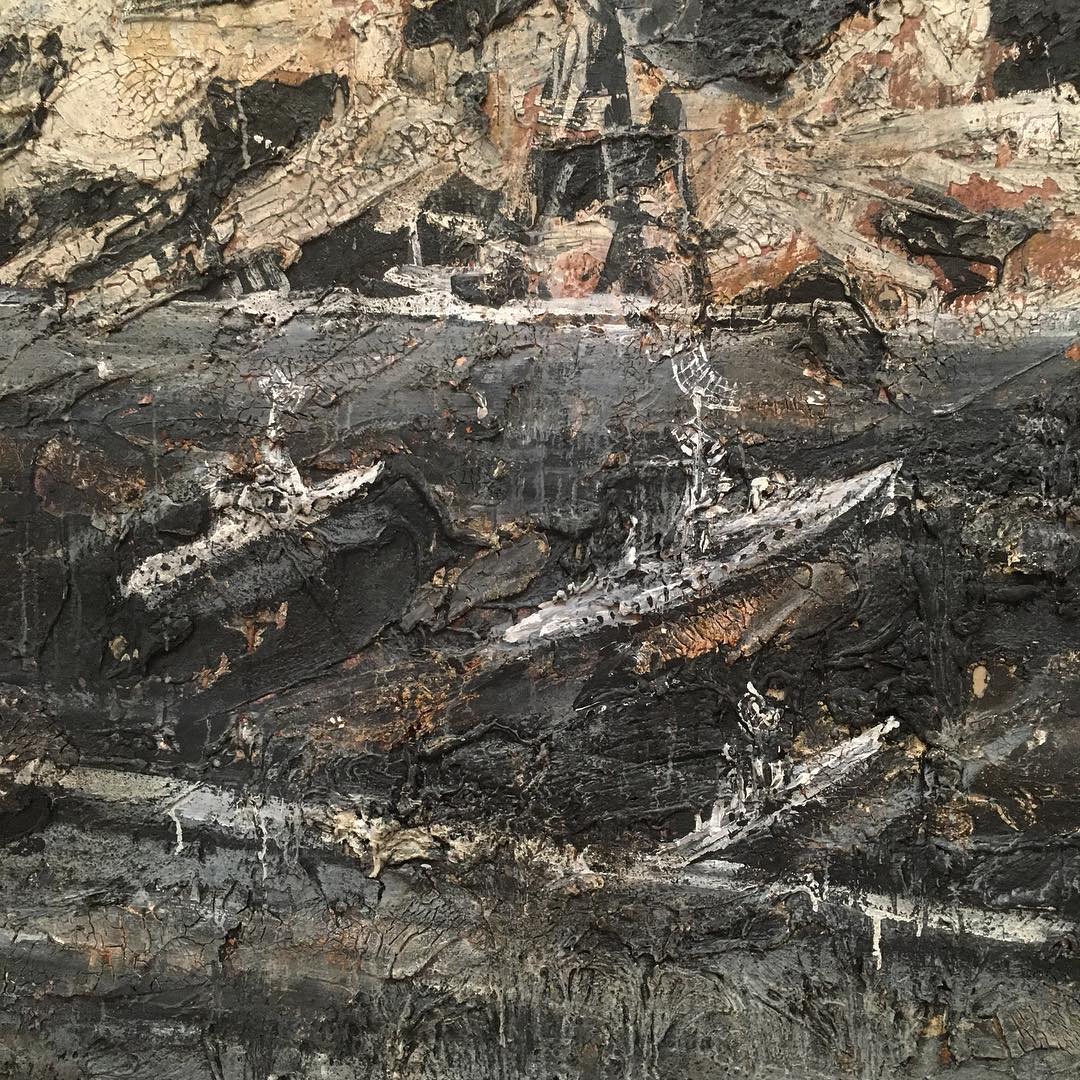
And it is Operation Sea Lion’s surfaces that caught his attention. The tiny boats, caught on De Kooning-style paint ridges, have a certain Ab-Ex prettiness to them, though the darkness and folly they express is far more troubling, just as Shore’s photograph of Ukrainian survivor Tzal Nusymovych standing in his vegetable patch, resplendent in his medals, is both a symbol of human suffering and human dignity. (You'll find it on the cover of Survivors in Ukraine.)
Anselm Kiefer himself was drawn to Operation Sea Lion partly because, in its very lack of realisation, the fanciful plan had something in common with fine art. “In paintings nothing happens,” Kiefer explained. “The line between a plan and a result, a thin line – something that is planned but not happened - this is the matter of art.”
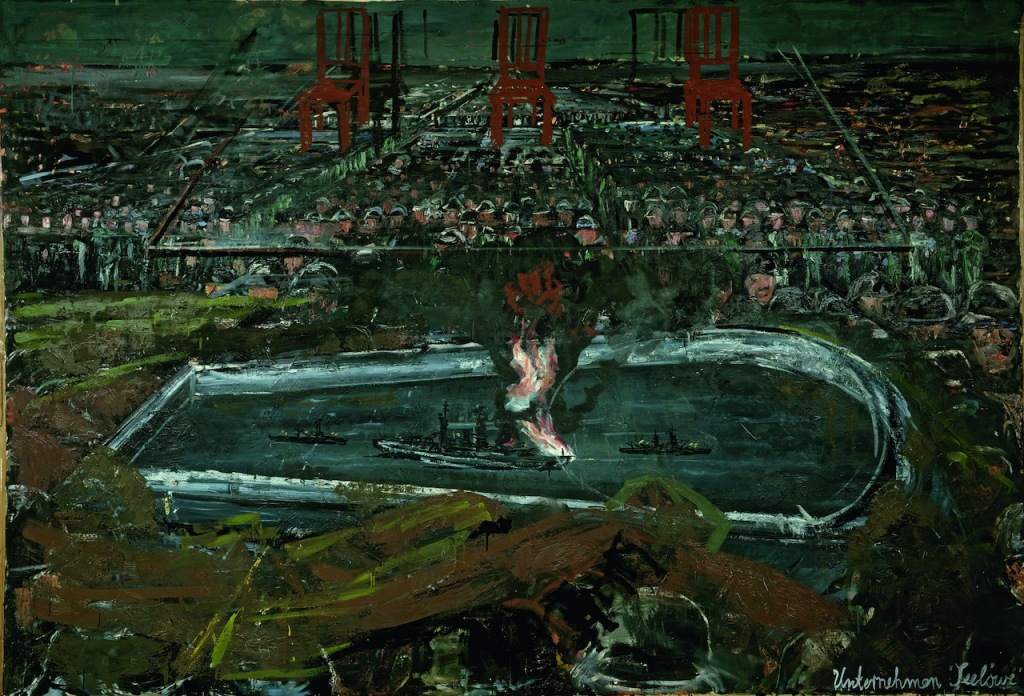
Operation Sea Lion, like many other Kiefer paintings “urges viewers to challenge narratives of war, identity, religion, morality, memory and history,” explains Matthew Biro in our Anselm Kiefer Phaidon Focus book. Part of this nuance is expressed on the works’ surfaces. “Visually, his paintings ooze physical tactility,” explains Biro.
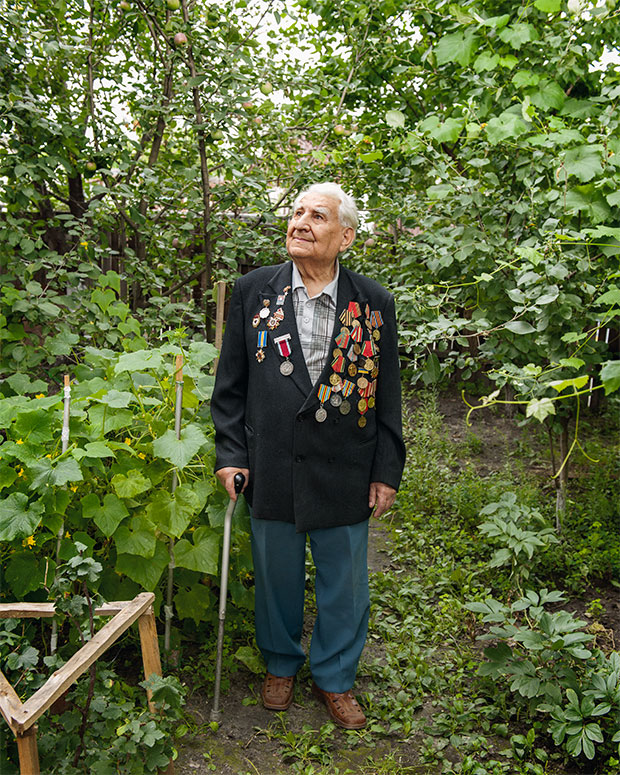
For greater insight into Anselm Kiefer order a copy of our Phaidon Focus book here; and for Stephen Shore's own take on the Nazi legacy, consider buying a copy of his brilliant book, Survivors in Ukraine